6 Birds With Blue Feathers In Virginia
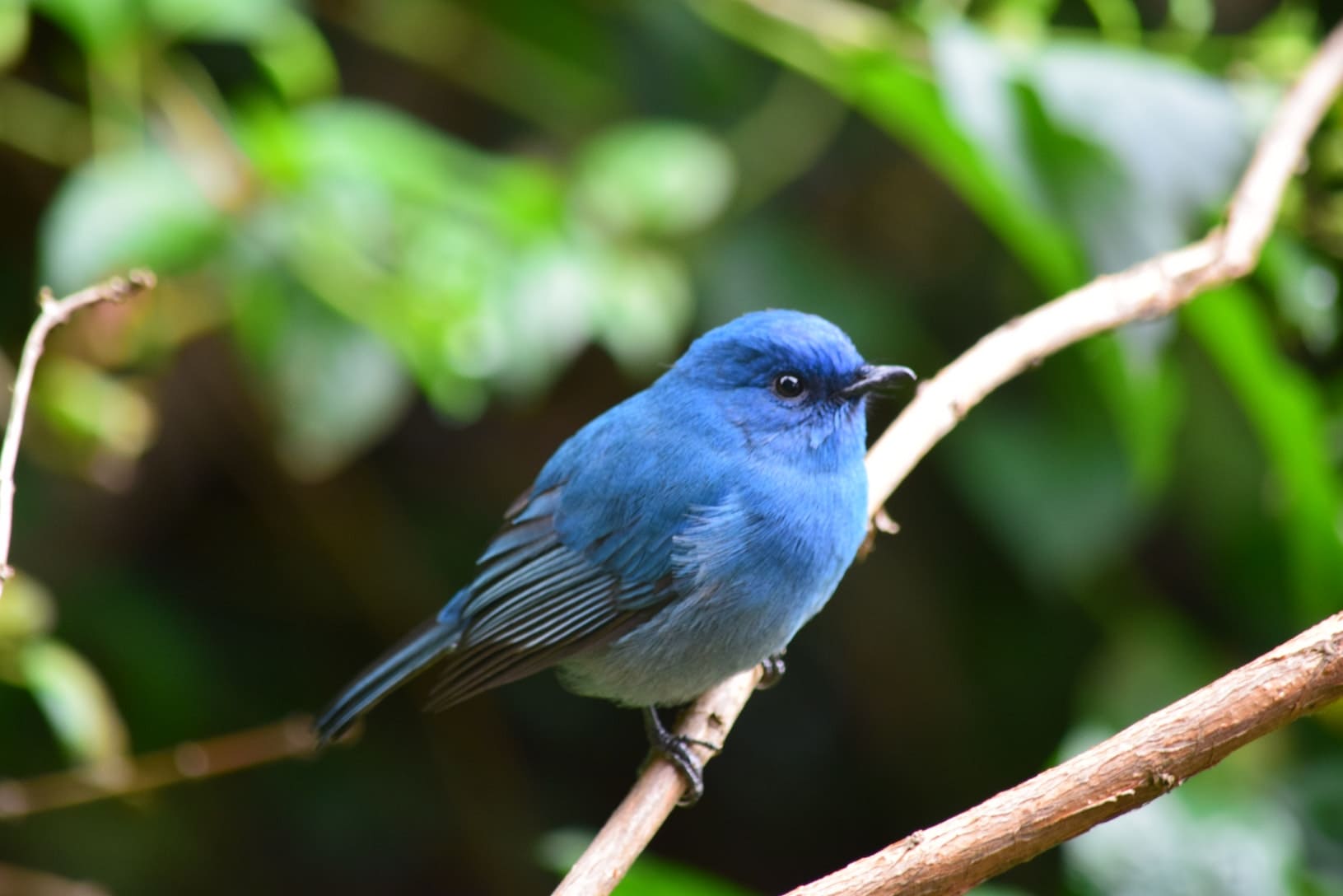
From the majestic Great Blue Heron to the rare Indigo Bunting, Virginia’s coastal regions offer a wide variety of stunning birds that proudly show off their bright blue feathers.
Nature lovers and bird watchers visiting this state are treated to an array of breathtaking sights as they explore its expansive habitats.
If you’re looking for some avian eye candy on your next vacation, then don’t miss out on these 6 remarkable feathered friends!
Keep reading to learn more about birds with blue feathers in Virginia and why seeing these beautiful birds in their natural environment should be at the top of your list when planning your travel itinerary planner.
Recommended article: 8 Types of Blue Birds in Washington State
Birds with blue feathers in Virginia
Virginia is home to some stunningly beautiful birds with captivating blue feathers. Among the spectacular species known to reside, there are Baltimore Orioles, Blue Grosbeaks, Blue Jays, Indigo Buntings, and Scarlet Tanagers. Each of these birds shows off its blue plumage in distinct ways.
From the subtly bicolor pattern of Blues Grosbeaks to the bright cobalt hues of Indigo Buntings, these Virginia birds put on a delightful color show for visitors and locals alike.
Take a hike or go birding in Virginia, and you may be lucky enough to catch sight of some of these lovely birds.
In the forests and skies of Virginia, flocks of birds donning vibrant blue feathers can be seen soaring high above. Within these aerial families are blue jays and indigo buntings.
Although they differ in size, they share a common beauty, their feathers dazzling with shades of intense sapphire and cerulean blues.
These iridescent birds look quite regal amongst the trees and help to bring even more splendor to the Virginia landscape!
1. Blue Jay
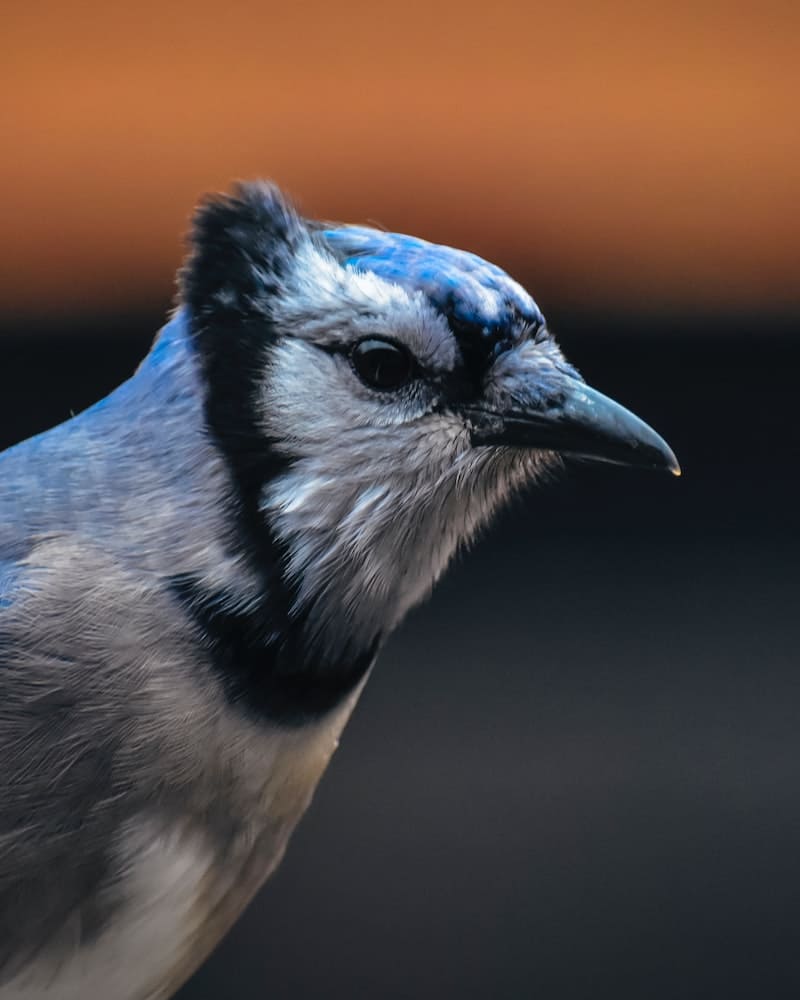
The Blue Jay has always been a sight to behold, but it’s even more special when you see one with beautiful blue feathers in the state of Virginia.
The bright color stands out against the landscape, providing a nice contrast and hinting at the vibrancy of nature within the area.
It might be easy to overlook these birds until they start chirping, and then you hear their melodic song that brings life and joy to any setting. As time passes, we can all appreciate the beauty that these Blue Jays bring to this region of the country.
This distinctive bird is easily identifiable with its bright blue feathers, white chest, and contrasting crest on top of its head.
The blue jay can easily become accustomed to people and bird feeders, making them a popular visitor to backyards across the country.
Found in a variety of habitats, from farms to woodlands, these birds frequent open areas near sources of water like ponds and streams.
Furthermore, they are intelligent birds utilizing a variety of calls to communicate with one another and forage for food together. The blue jay is an incredible species that will continue captivating us with its vibrant plumage for years to come. Some important information about blue jay includes:
- Cyanocitta cristata
- Length: 9.8-11.8 inches (25-30 cm)
- Weight: 2.5-3.5 oz (70-100 g)
- Wingspan: 13.4-16.9 inches (34-43 cm)
2. Indigo Bunting
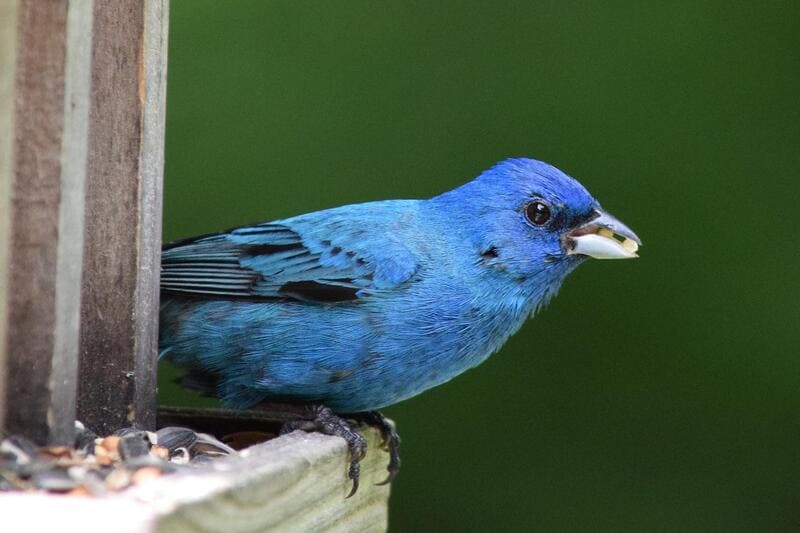
The sight of an indigo bunting in Virginia is a truly special experience! These beautiful birds sport bright blue feathers, making them a splendid addition to the local avian population.
During the nesting season in the spring, they can be found perched atop trees or shrubs throughout the state.
If you’re lucky enough, you may spot one at your backyard feeder, as they are curious and will come quite close to humans if they spot a potential meal.
Despite their small size, they have incredibly loud vocalizations that can often be heard before any visual sighting is made.
Take a trip to Virginia and look for these amazing creatures. It’s sure to be amazing! This stunning species is identified by its deep blue-hued plumage, which appears almost iridescent in the sunlight.
During seasonal migrations, flocks of Indigo Buntings can often be seen soaring through the sky.
The birds prefer open woodlands and shrub thickets as well as coastal wetlands for breeding. Breeding pairs can construct an amazing dome-shaped nest with a downward-pointing entrance for protection against predators, which is carefully woven from twigs, grasses, mud, and other materials found near the nesting site. Some important information about indigo bunting includes:
- Passerina cyanea
- Length: 4.7-5.1 inches (12-13 cm)
- Weight: 0.4-0.6 oz (12-18 g)
- Wingspan: 7.5-8.7 inches (19-22 cm)
3. Common Grackle
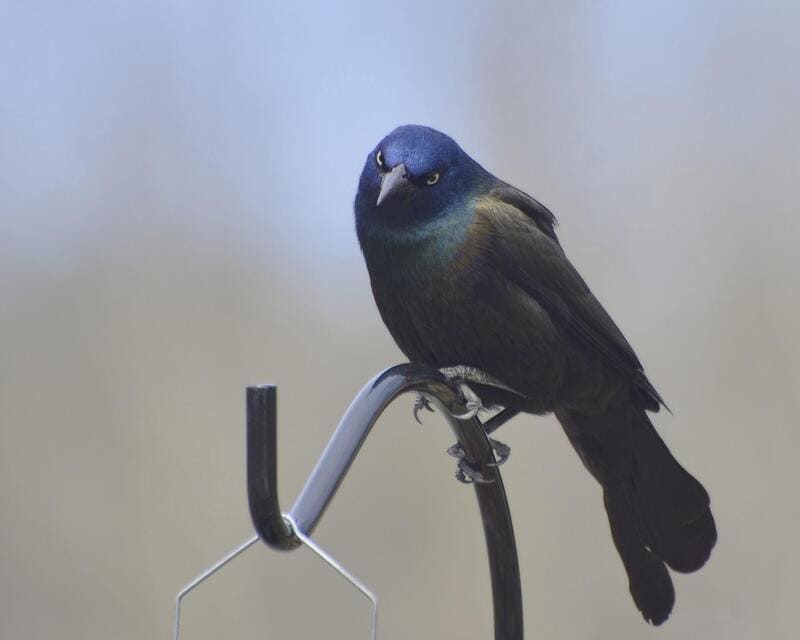
Common grackles that inhabit Virginia can be quite a marvel to observe. While the typical common grackle is black and brown in color, there are some individuals with gleaming blue feathers.
These little birds show off their stunningly striking blue feathers, standing out amongst their fellow grackles.
It has been reported that these uncommon types of the Common Grackle have become more frequent near Richmond, Virginia and many people from all around come together to witness their beauty. It’s truly something special to see this majestic bird showing off its bold colors in nature.
These birds are large and easily recognizable due to their dark black feathers, unique yellow eyes, and long tails.
They’re capable of producing quite a loud screeching sound with their vocal cords, making them one of the more audible types of birds.
They feed mostly on insects but are also known to eat grain or grains found in the garbage or small fruits.
They often elect to build nests near human-dominated environments, likely due to how much food they’re able to access.
Despite their generally peaceful nature with other animals, they can become unnaturally territorial when defending a food source or nesting ground.
Caution should be used if ever approached while near their homes! Some important information about common grackle includes:
- Passerina cyanea
- Length: 4.7-5.1 inches (12-13 cm)
- Weight: 0.4-0.6 oz (12-18 g)
- Wingspan: 7.5-8.7 inches (19-22 cm)
4. European Starling
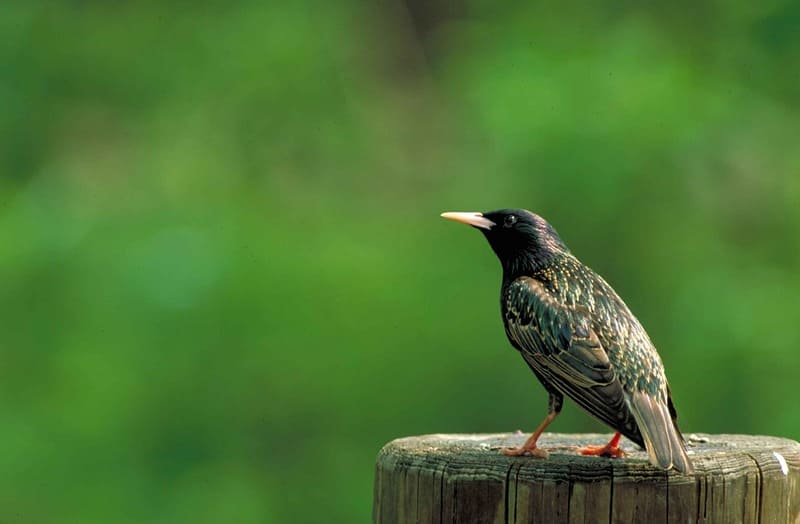
European Starlings with their blue feathers are a rare sight in Virginia, but the occasional one can be spotted dotting the landscape.
This species of bird was first introduced to the Eastern United States in 1890 when an enthusiastic society of Shakespeare lovers released a hundred of them into Central Park in New York.
While their numbers have increased, they still remain a novelty here, largely living away from areas populated by humans.
European Starlings have adapted somewhat to their new home, gaining some bright and bold blue hues to their feathers which are both pleasing and quite beautiful.
So keep your eyes peeled for these elusive blue birds, and you may just catch a glimpse of them! These birds have completely black feathers with amazing hints of iridescence in certain light and can be identified by their unique yellow or bright orange bills that stand out against the black feathers.
They are often seen perched on telephone wires or scavenging for food on sidewalks and lawns during the day.
Additionally, they prefer to spend summers breeding in gaps in buildings and other enclosed spaces while they look for open fields with plenty of insects to eat during the winter months. Some important information about European starling includes:
- Passerina cyanea
- Length: 4.7-5.1 inches (12-13 cm)
- Weight: 0.4-0.6 oz (12-18 g)
- Wingspan: 7.5-8.7 inches (19-22 cm)
5. Eastern Bluebird
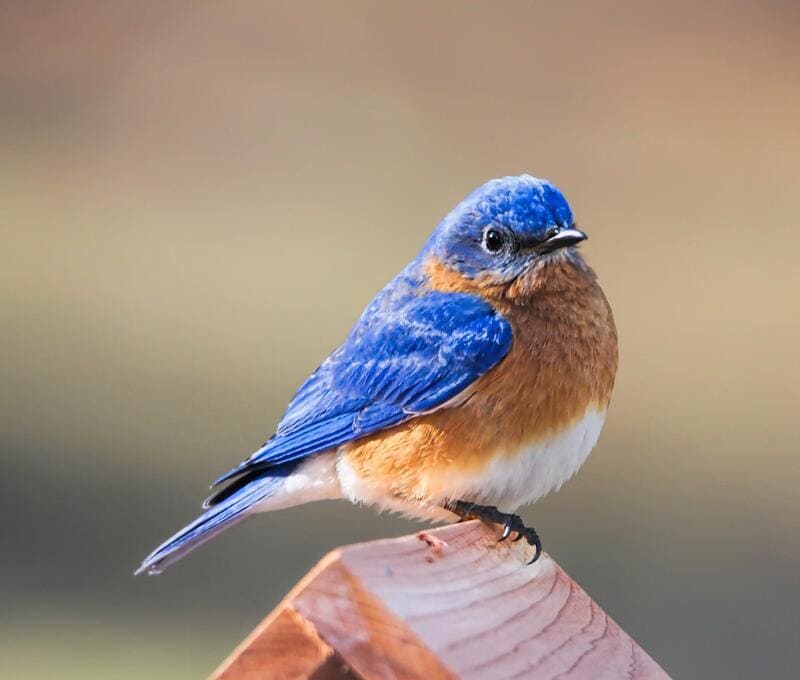
The Eastern Bluebird is native to Virginia and its distinctive blue feathers have been bringing flashes of color to the state’s rolling hills for many years.
While they can be seen all over the United States and Southern Canada, Virginia has some special conditions that make it a particularly appealing habitat for the species, such as milder winters and reliably plentiful insect populations.
Though their numbers have dwindled in past decades due to competition from non-native species, conservation agencies are finding great success with efforts to bring back this beloved symbol of springtime. Today, the song of the Eastern Bluebird can still be heard in Virginia’s parks, fields, and forests.
They inhabit the United States east of the Rocky Mountains, often nesting in trees and shrubs located near open fields.
The Eastern Bluebird is a cavity nester, meaning they create nests within hollows or crevices to raise their young. These birds are quite vocal, sending out songs of territorial defense during the breeding season and sweet trills during their non-breeding months.
Human activity has drastically reduced the number of Eastern Bluebirds over time, so birdwatchers recognize them as an important species facing the threat of extinction if no conservation action is taken.
With luck and careful monitoring by wildlife organizations, however, this stunning songbird can continue to light up our skies for generations to come. Some important information about eastern bluebirds includes:
Sialia sialis
- Length: 6.3-8.3 in (16-21 cm)
- Weight: 1.0-1.1 oz (28-32 g)
- Wingspan: 9.8-12.6 in (25-32 cm)
6. Tree Swallow – Tachycineta bicolor
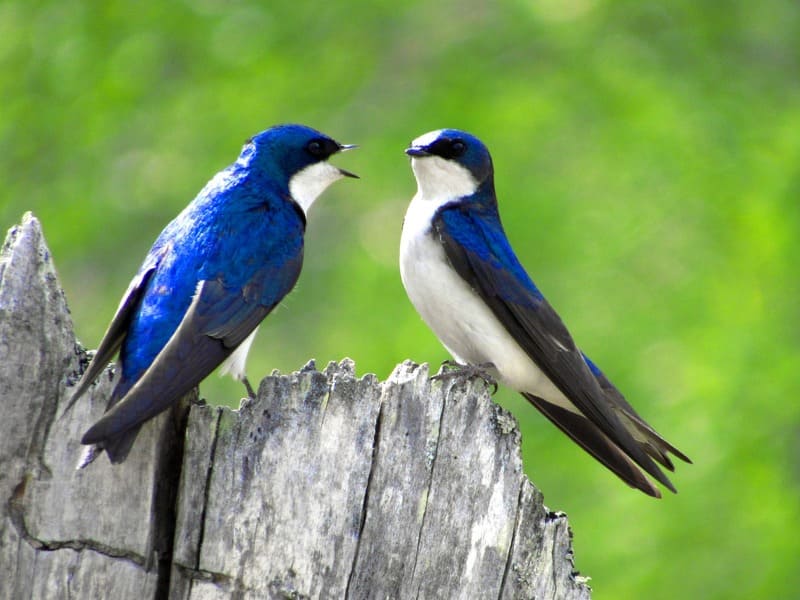
The Tree Swallow is a gorgeous bird found along the eastern coast of the United States. Its feathers are an iridescent blue, showing off its beauty even in direct sunlight.
In Virginia, the Tree Swallow can be seen throughout the warmer months perched atop trees or gracefully flying through the sky.
These birds are commonly found near water sources such as marshes and ponds, making them a sight to behold during a stroll by a local pond or at sunset over one of Virginia’s many estuaries.
Despite their small size, they stand out with their remarkable beauty and a hint of wonder, providing solace to those who take the time to appreciate these special birds.
It has dazzling white underparts and iridescent blue/green upper parts, making it easy to recognize and delight any observer who is lucky enough to catch a glimpse of this species in its natural habitat.
In addition to its eye-catching beauty, the Tree Swallow plays an invaluable ecological role as an insectivore and aerial predator; it gleans insects from foliage and preys upon the larvae of many pest species.
Though mainly solitary, they can often be seen gathering around wetlands and bodies of water during full-moon nights, vocalizing their hauntingly captivating songs in abundance.
Virginia Birding Hot Spots
Virginia is a truly amazing state when it comes to birding. From the rapid rivers of the Shenandoah Valley to the wildflowers adorning the hills near the Blue Ridge Mountains, there’s plenty of breathtaking scenery to take in.
Whether you’re on the lookout for a Bald Eagle or scoping out a Northern Cardinal, you’ll be delighted with all that this incredible state has to offer for birding hot spots. There are wetlands along its eastern seaboard coastline and forests up in the Appalachians.
No matter where you go, you’ll be surrounded by an abundance of interesting birds, from snow geese to Buffleheads. Virginia is surely a paradise for birdwatching enthusiasts everywhere!
Do Blue Jays stay in Virginia for winter?
One of the more interesting animals to be seen flying around Virginia in the wintertime is the Blue Jay. While some believe that they migrate south for colder months, there is in fact, evidence that some Blue Jays stay put in their home state year-round.
Recent research has also found that a few birds may even disperse as far north as Canada and New England while seeking food sources.
It appears then that Blue Jays have a variety of choices when it comes to winter in Virginia, where they have the chance to brave potentially harsh climate conditions and enjoy the abundance of resources Virginia has to offer.
Final words
The birds of Virginia have an incredible array of blue feathers, and these six species provide a unique window into all that is special about life in the Commonwealth.
From the Eastern Bluebird’s song nesting in old snag holes to the Indigo Bunting’s bright, vibrant feathers, nature lovers can revel in these majestic creatures that take flight over our state.
Every sighting provides a reminder of how diverse and rich the identity of Virginia truly is. Honouring their beauty and grace, surely it can bring us even closer to understanding how remarkable each moment spent in nature really can be.
Until next time, keep your eyes peeled for a sample of the birds mentioned here, blessing you with the opportunity to observe them soaring through the skies.
You will also enjoy reading:

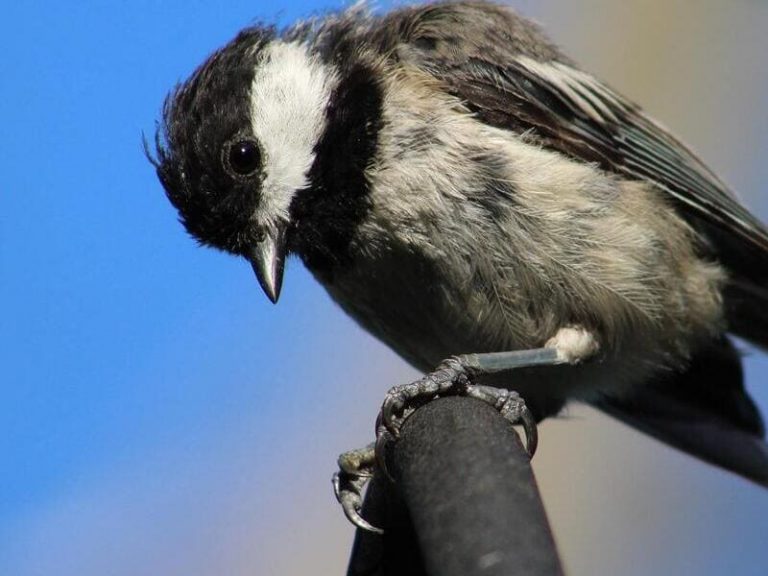
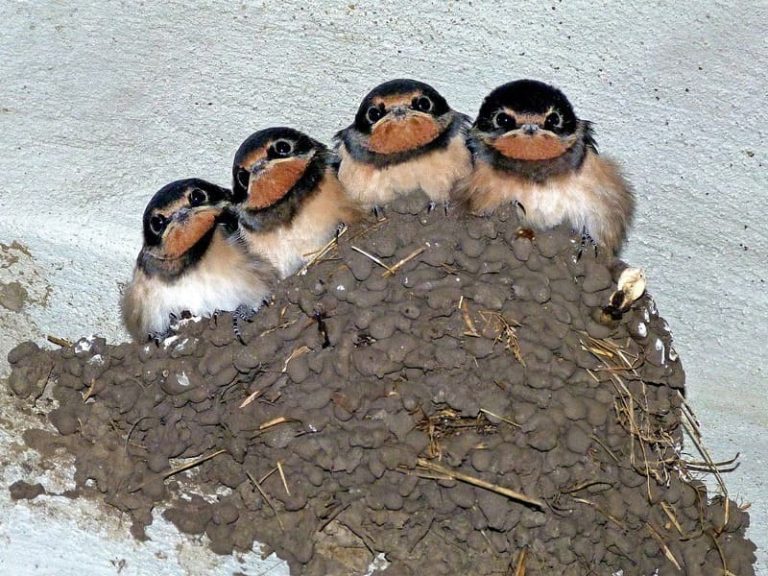
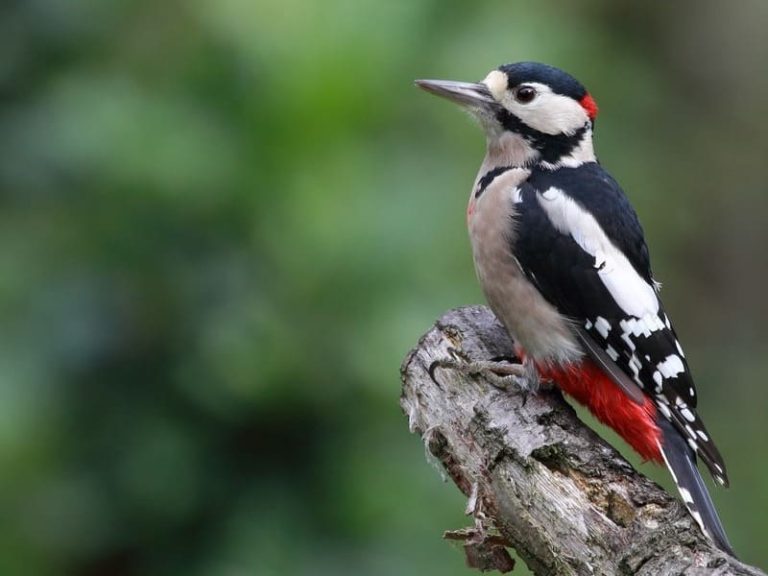
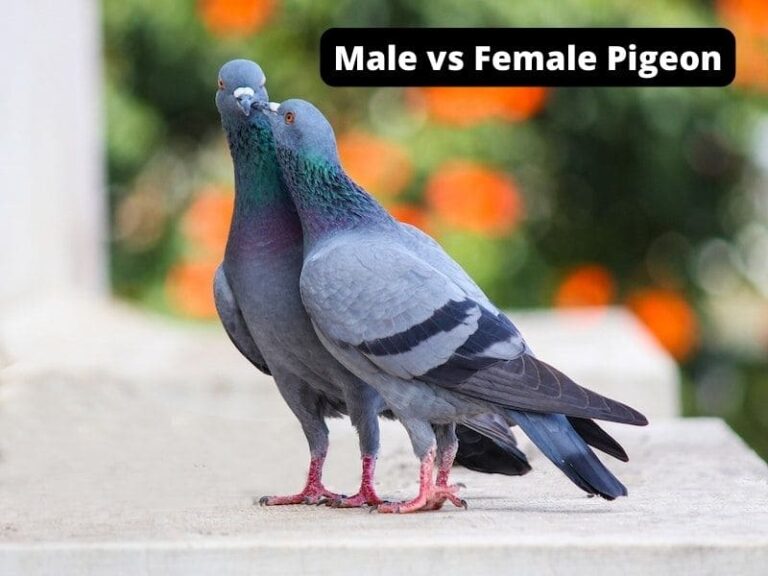
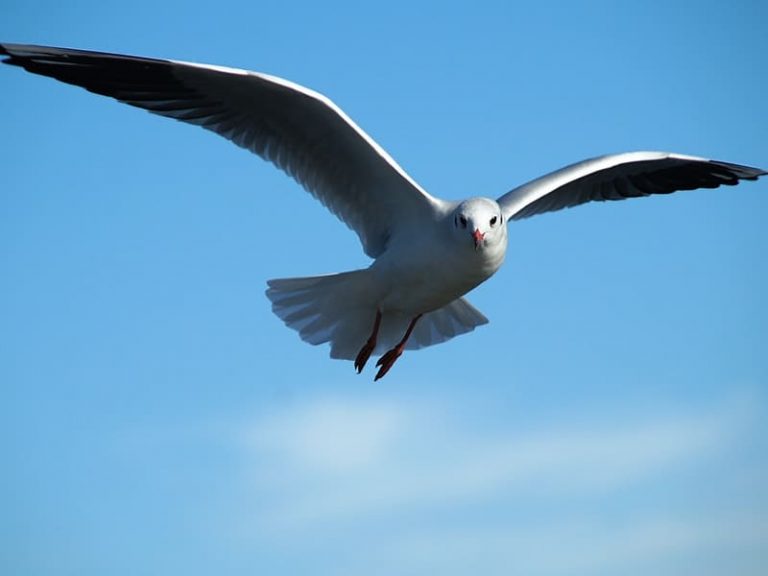
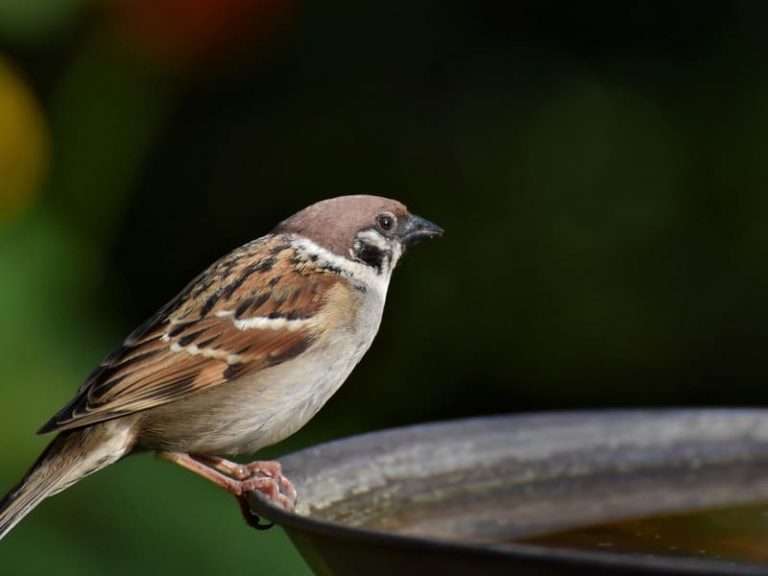
I made a list of VA birds by color. And 4 predominantly blue birds, I would add to the list above: Blue Grosbeak, Belted Kingfisher, Cerulean Warbler and Black-throated Blue Warbler.
Thanks for creating these lists!